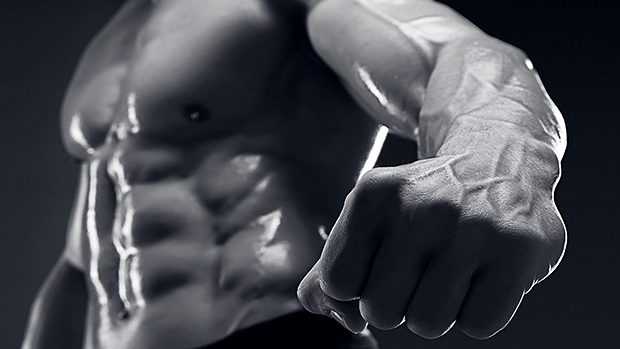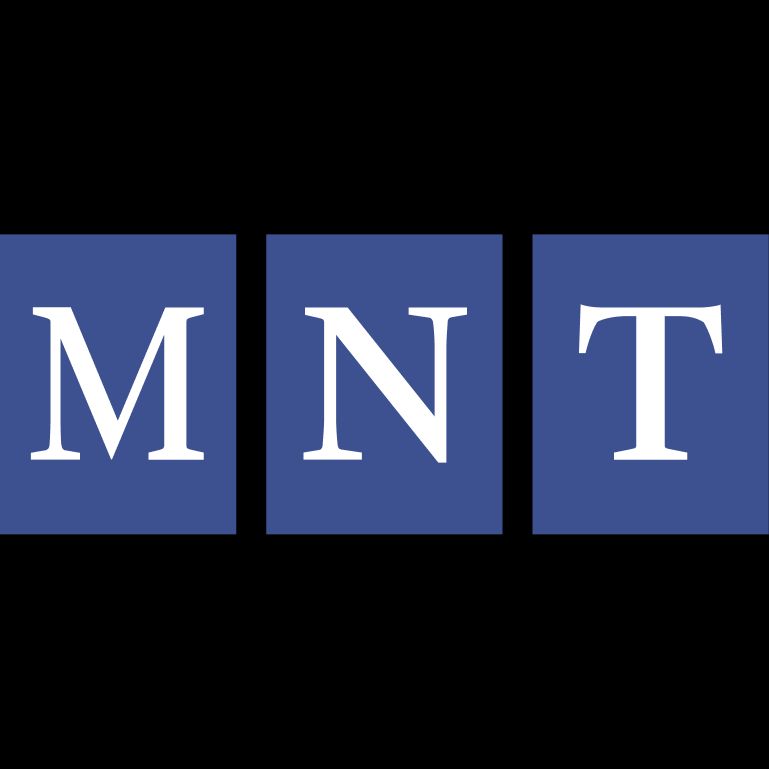Pasibrzuch
Level 6 Valued Member
Hi,
recently I gave "Ultimate MMA conditioning" a re-read and remembered about the training modality called HICT. If you're unfamiliar with it, it's basically short bursts of energy under high resistance for long duration, staying under the lactic threshold/MAF throughout the whole session. It works via
How can you stay in aerobic zone under high resistance? After each rep you do a small pause. I think you can picture it best with a prowler. In HICT, instead of pushing/pulling it for a fixed interval of time, you would give it an explosive push, rest for ~5 seconds, give it another push, for 10-20 mins, for 1-2 series with a 5-10min break between them, 1-2 times a week.
Another example with a spinbike.
Here's a swing protocol created by a Strong First associate, also explains the modality better than I do here. However, the structure of the session seems a little bit different to what Joel Jamieson describes. What is more, it denounces snatches as an optimal option, I don't think I understand why.
As I read it, HICT sounds like the fourth pillar (first three pillars being Q&D, LSD and A+A) of unrelenting endurance. I didn't find it being mentioned on this forum, so I'd like to start discussion with the following questions:
Have you done it and experienced a boost in your endurance?
Should it only be done with grinds or are ballistics an option? Which kettlebell exercise would you consider the best for this purpose?
Would you consider "Strength Aerobics" a HICT protocol?
I'm really interested in what you think about it.
recently I gave "Ultimate MMA conditioning" a re-read and remembered about the training modality called HICT. If you're unfamiliar with it, it's basically short bursts of energy under high resistance for long duration, staying under the lactic threshold/MAF throughout the whole session. It works via
- Joel Jamieson"stimulat(ing) greater oxygen utulization and results ini ncreased endurance of the fast twitch fibers."
How can you stay in aerobic zone under high resistance? After each rep you do a small pause. I think you can picture it best with a prowler. In HICT, instead of pushing/pulling it for a fixed interval of time, you would give it an explosive push, rest for ~5 seconds, give it another push, for 10-20 mins, for 1-2 series with a 5-10min break between them, 1-2 times a week.
Another example with a spinbike.
Here's a swing protocol created by a Strong First associate, also explains the modality better than I do here. However, the structure of the session seems a little bit different to what Joel Jamieson describes. What is more, it denounces snatches as an optimal option, I don't think I understand why.
As I read it, HICT sounds like the fourth pillar (first three pillars being Q&D, LSD and A+A) of unrelenting endurance. I didn't find it being mentioned on this forum, so I'd like to start discussion with the following questions:
Have you done it and experienced a boost in your endurance?
Should it only be done with grinds or are ballistics an option? Which kettlebell exercise would you consider the best for this purpose?
Would you consider "Strength Aerobics" a HICT protocol?
I'm really interested in what you think about it.



